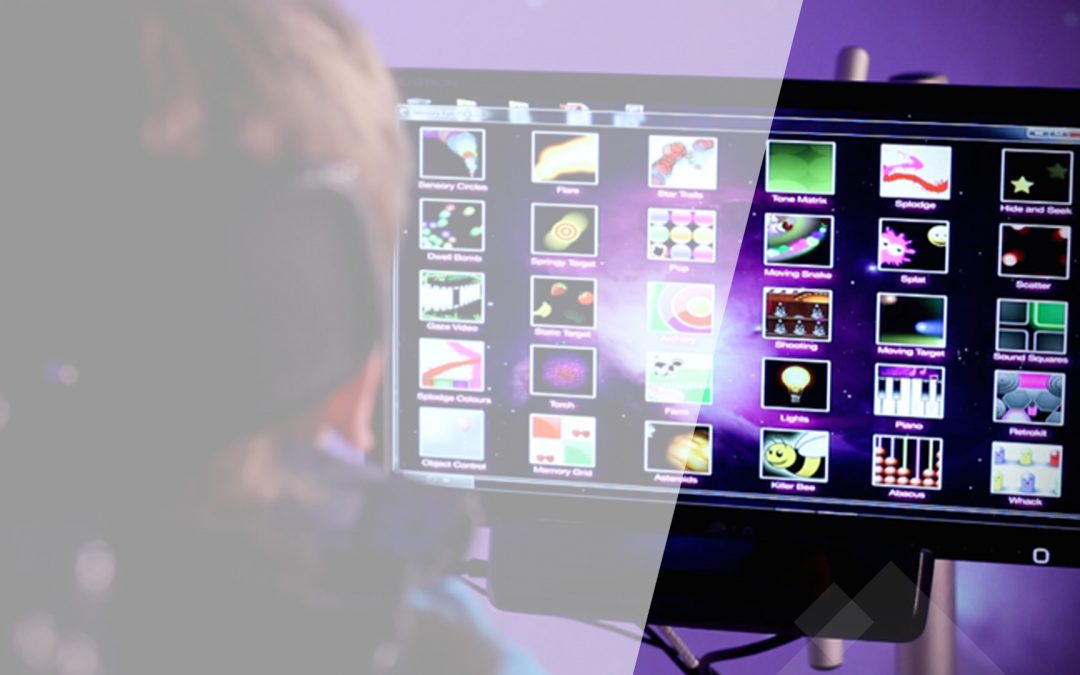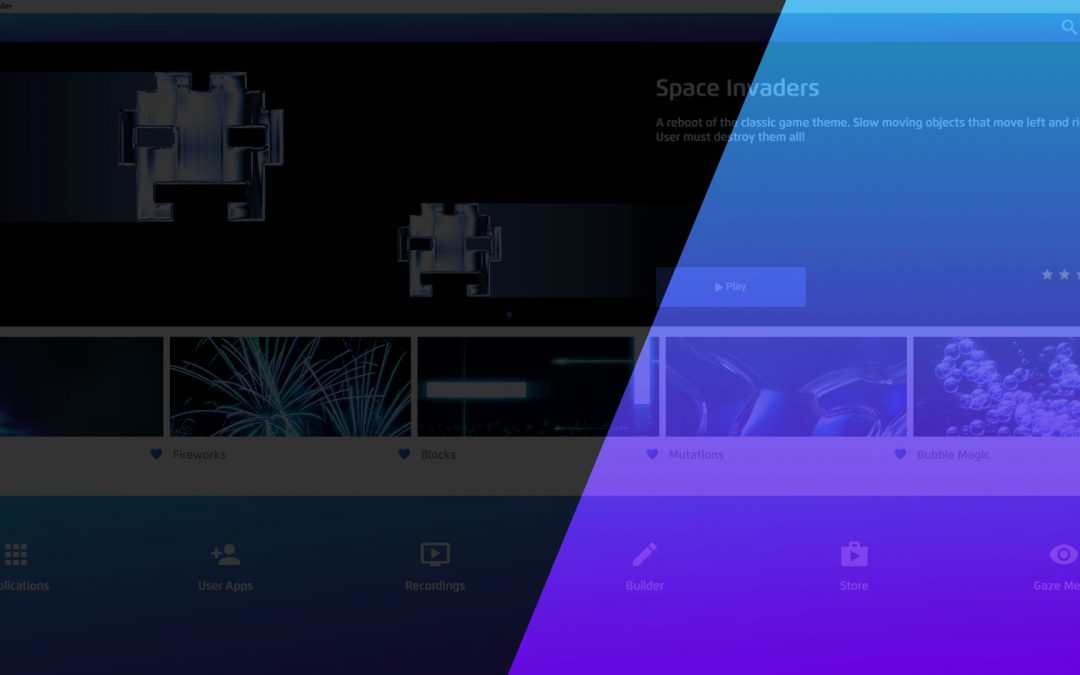What are fixations and saccades?
In the world of eye tracking, alot of time is spent looking at fixations and saccades.
Lisa Donaldson, Head of Eyecare, Lead Clinical Optometrist at SeeAbility explains what they are and the difference between them. Lisa also discusses strategies to consider when working with someone with complex needs and how to gain an understanding of their fixation and saccades.
Fixations
Fixation is the eye is fixated at something it is directed at. For some, only one eye may have good fixation, the other eye might be D-centred or “squinting.” When working on eye gaze with a child, it is important to understand which eye they are fixing with.
Saccades
Saccades are our eye movements as they move from one target to another.
It is difficult to make a saccade without having two targets to look between. Those with issues with their development may also find it challenging to make a quick saccade movement.
Complex犀利士
Needs
Many children with complex needs often struggle to make accurate saccades. They may look from one target to anoher, however may overshoot slightly or might move their head to get their eyes to move to the target. This can take several seconds for a child to move their eyes to a target.
This can be frustrating for a child if a facilitator moves onto the next thing, leaving the child one step behind.
A facilitator can alter their approach when watching a child by counting to create more space for a saccade. For example, when observing a saccade, count for eight seconds and see if they can make a saccade in that time.
Fixation, saccades and resolution
While you make a saccade or the eye is moving, there is a lower resolution image on the retina.
When you fixate, the retina creates a higher resolution image. This happens because when we fixate we’re directing our macula. The macula is the part of the retina where you have a high density of rods, photoreceptors, that are responsible for our most detailed vision.
To get 20/20 vision you need to fixate on a target with a stationary eye to get the highest level of vision. When your eyes move, the resolution is lower.
A child with nystagmus, for example, can’t steady their eye adn won’t have perfect resolution. That is because they’re unable to direct the macula, the a central part of the retina, to fixate on a target
Key facts
- Fixation is where the eye is directed at a specific target
- Saccades is the movement of the eyes from one target to another
- Children with complex needs often struggle to make accurate saccades
- When fixating, the macular needs to be stationary to get the most detailed vision



